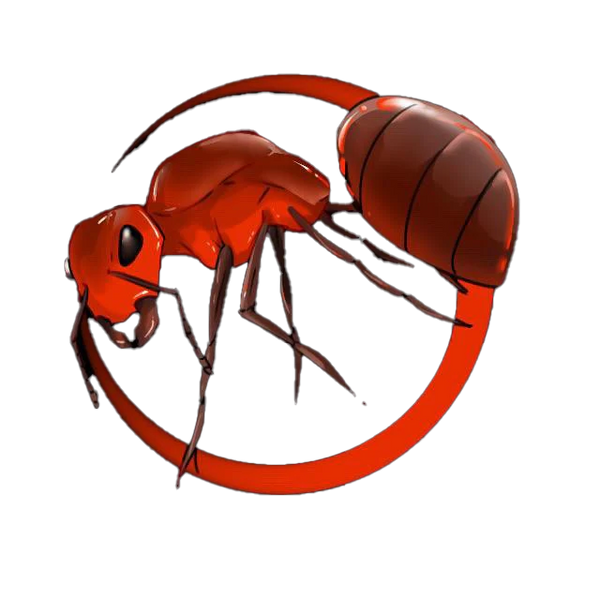Formistudio
Formica bradleyi ||Live Queen|| (Sand Hill Ant)
Formica bradleyi ||Live Queen|| (Sand Hill Ant)
Couldn't load pickup availability
Sand Hill Ant – Beginner-Friendly & Hardy Species
Formica bradleyi queen ants for sale! Shipping across Canada!
One of Canada's RAREST ANTS! I am proud to have these for sale on Formistudio!
Formica bradleyi is a vibrant orange/red field ant native to Canada’s Prairie provinces and the U.S. Great Plains. Despite their bright color and active behavior, they do not sting and are practically harmless to people. These ants rely on formic acid spray for defense, but they’re safe to handle around and easy to manage in captivity.
This species is beginner friendly, extremely hardy, and grows quickly with proper care. Queens are fully claustral and come pre-established with workers, so there's no need to go through the founding process. These ants make great first time ants! Their beautiful appearance and low maintenance requirements almost make F. bradleyi the PERFECT choice for both new and experienced antkeepers!
| Trait | Details |
|---|---|
| Founding Type | Fully claustral (sold with workers) |
| Colony Size | Up to several thousand workers |
| Temperament | Active and have very intriguing feeding responses |
| Polygyny | Monogynous (tolerant of neighbors and sometimes polygynous in certain populations.) |
| Diet | Sugars always; protein 2–3× per week |
| Hibernation | Yes – 3–4 months at consistent 0-10°C |
| Difficulty | Beginner-friendly and hardy |
| Safety | No sting; harmless to humans |
Mini Guide
Habitat: Thrives in dry, sandy setups with good airflow.
Setup: Colonies are shipped with workers and can be transferred to a formicarium after arrival. Make sure the outworld has great ventilation and escape prevention.
Feeding: Keep sugar water or honey available at all times. (Formicarb+) Feed insects like crickets or mealworms 2-3 times per week. (Tip: Have liquid feeders ready)
Humidity & Heat: Maintain a nest temp gradient of 26–29 °C with a humidity gradient (moist brood areas, dry pupae zones, generally our ant nests naturally do this.)
Hibernation: Place colony in cold area (0-10 °C) for 3–4~ months in late fall.
Growth: Rapid once established. Colonies can grow into the thousands within 2–3 years. Be ready to expand housing. Make sure colonies can fill at least 40% of the nest before moving them in.
Behavior: Fast, visible, and great for observing and safe to keep and easy to clean.
Native Range
Found across Alberta, Saskatchewan, and Manitoba, and into the U.S. central plains. Prefers open, sandy grasslands and dune habitats.
Share


